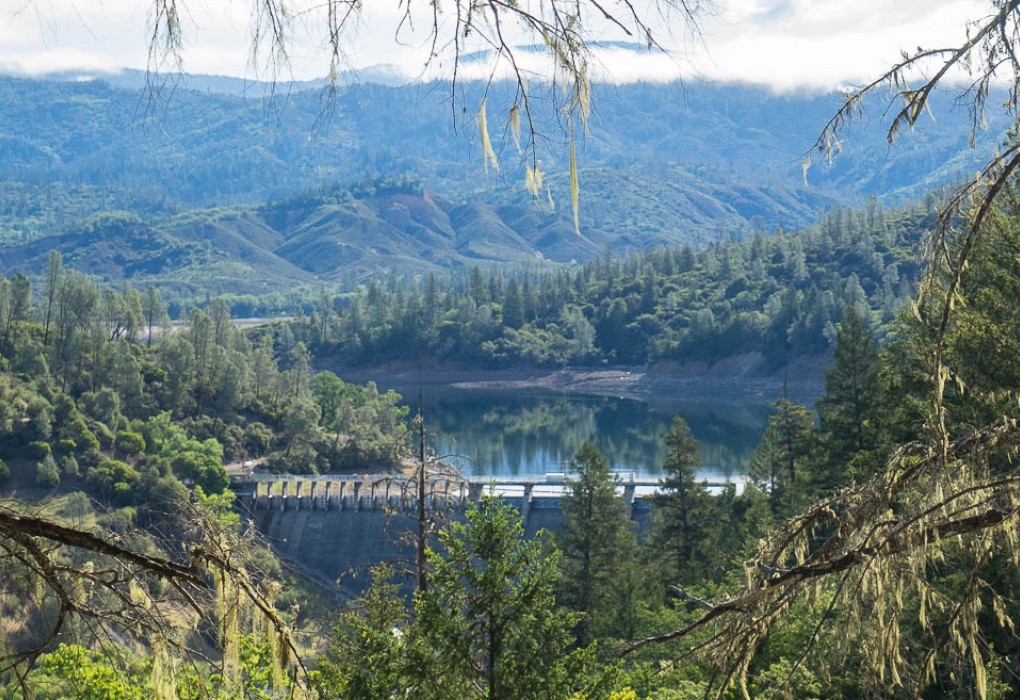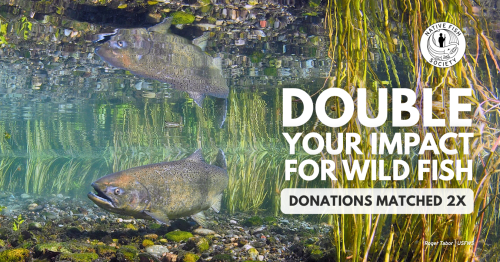FERC needs to consider impacts of climate change in relicensing Eel River dams
Last year marked the start of a five-year process for relicensing the three-part hydroelectric and water diversion project known collectively as Potter Valley Project in the headwaters of California’s Eel River.
Throughout 2017, the project owners Pacific Gas & Electric worked with state and federal agencies, tribes, local municipalities, non-governmental organizations, and sport fishing and recreational groups to consider the impacts of project operations on various interests.
This winter, Native Fish Society and a coalition of groups, which included Friends of the Eel River, California Trout, Trout Unlimited, California Sportfishing Protection Alliance, and American Whitewater submitted comments into the Federal Energy Regulatory Commission (FERC) on a proposed set of studies that will help guide the relicensing discussion.
Our goal was to ensure the proposed studies evaluated project impacts on numerous ecological, social, and recreational values before a renewed license would be permitted in 2022. In addition, the comments outlined the need for an assessment of decommissioning the project, asked for more information on dam facility safety, and stressed volitional fish passage for wild salmon and steelhead to the hundreds of miles of cold-water habitat above Scott Dam. Finally, we requested an evaluation of likely impacts from climate change that will result from maintaining the project over the duration of a renewed license (typically 30-50 years).
A recent report from the University of California - Center for Watershed Sciences and CalTrout has identified that California’s salmonids are especially vulnerable to the projected impacts of climate change (see their report State of Salmonids II: Fish in Hot Water). Habitats that currently support salmonids may not be suitable in the future. As a result of a changing climate it is likely the Eel River will experience a reduction in its overall viable salmonid habitat or a shift to habitat in increasing elevations, as air and water temperatures increase and late summer and fall flows decrease along with annual snow pack (see Hanak et al., 2011; Mastrandrea & Luers, 2012).
Future project operations in the Eel River are also highly vulnerable, as Lake Pillsbury (formed by Scott Dam) has been filling with sediment for nearly a century. As it continues to fill, the reservoir will become shallower and hotter, and climate change projections suggest higher temperatures in the Eel watershed will result in reduced flows and algae blooms, causing degraded water quality below project operations. Looking downstream, the dams deprive the river of sediment, cobble and woody debris, which is essential to a healthy watershed.
In order to recover the wild salmon and steelhead on the Eel River, we must restore the ecological processes necessary for the fish to adapt and survive. Dam removal is necessary to recover wild salmon and steelhead, but it won't, by itself, recover fish. This relicensing process provides a critical opportunity to address one of the river's largest physical barriers to recovery.
As we flow into 2018, the Eel will need your support too. Please keep an eye on the Eel River Headwaters Campaign page for opportunities to add your voice during the dam relicensing process.
You can view the comments NFS submitted to FERC here:

